When it comes to sports, having the right footwear can make all the difference in achieving top performance and preventing injuries. But does this principle apply to volleyball as well? Are running shoes good for volleyball?
Let’s find out!
How Important Is Appropriate Footwear in Sports?
Choosing the right footwear is crucial for any sport, as it can greatly affect an athlete’s performance and help prevent injuries.
Appropriate shoes provide the necessary support for the foot’s specific movements and impact forces within the sport, ensuring that the athlete remains comfortable and agile.
Athletes are subjected to frequent jumps, lateral movements, and quick stops when playing volleyball. All of these require a unique combination of cushioning, stability, and grip.
Therefore, it is essential to consider these factors when choosing footwear for volleyball, as wearing the wrong type of shoe can hinder performance and increase the risk of injury.
How To Choose Footwear for Volleyball
When choosing footwear for volleyball, it’s important to consider the following factors:
Grip and Traction
A good pair of volleyball shoes should have excellent grip and traction on the court surface. Look for shoes with a gum rubber sole since they provide better traction and grip on indoor courts.
Shoes with a herringbone or hexagonal pattern on the sole are also excellent for providing traction and stability.
Cushioning and Shock Absorption
Volleyball involves a lot of jumping and landing, so choosing shoes with adequate cushioning and shock absorption is essential. Shoes with a gel or air cushioning system in the midsole can help reduce the impact of landing and protect your joints.
Lateral Support and Stability
Volleyball involves a lot of lateral movements, so it’s crucial to have shoes that provide adequate support and stability.
Look for shoes with a sturdy and supportive upper that keeps your foot secure during quick movements. Shoes with a wider sole base also provide better lateral stability.
Flexibility and Responsiveness
Volleyball requires quick and agile movements, so shoes should be flexible and responsive. Choose shoes with a lightweight and breathable upper that allows your foot to move freely.
Shoes with a flexible sole and good energy return also help to increase your speed and agility on the court.
Design and Materials of Running Shoes
When selecting shoes for any sport, the design and materials that make up the shoe are important considerations.
Running shoes are designed to meet the unique needs of runners. They are usually lightweight to avoid weighing down the runner and to facilitate easy movement.
The materials used in running shoes provide adequate support and breathability.
Running shoe uppers are often constructed using lightweight materials like breathable mesh. This design ensures the feet remain cool and dry during running.
The forefoot area of running shoes is flexible, allowing the foot to bend naturally and providing a smooth running experience.
Meanwhile, the midsole of running shoes provides most of the cushioning and shock absorption, made from materials like EVA or polyurethane. These lightweight and shock-absorbing materials protect joints and muscles from impact during running.
Lastly, running shoe outsoles are made from durable rubber materials that offer grip and traction in different environments, like trails, roads, or tracks.
Design and Materials of Volleyball Shoes
Volleyball shoes are specifically designed for the sport’s unique demands, such as sudden movements, frequent jumping, and proper grip on indoor court surfaces.
The upper part of a volleyball shoe is lightweight, made from materials like mesh and synthetic materials to promote breathability and reduce weight. This reduces discomfort and the likelihood of blisters.
The midsole of a volleyball shoe differs from a running shoe, featuring extra cushioning and support to absorb the shock of frequent jumping and quick lateral movements. Some volleyball shoes have a “wave plate” that helps disperse impact forces evenly across the sole, providing better stability.
Volleyball shoe outsoles are non-marking rubber, optimized for grip on indoor court surfaces, with multi-directional herringbone or hexagonal patterns for excellent traction during sudden stops, starts, and pivots.
Volleyball shoes provide the necessary support, cushioning, and traction required for optimal performance in the sport.
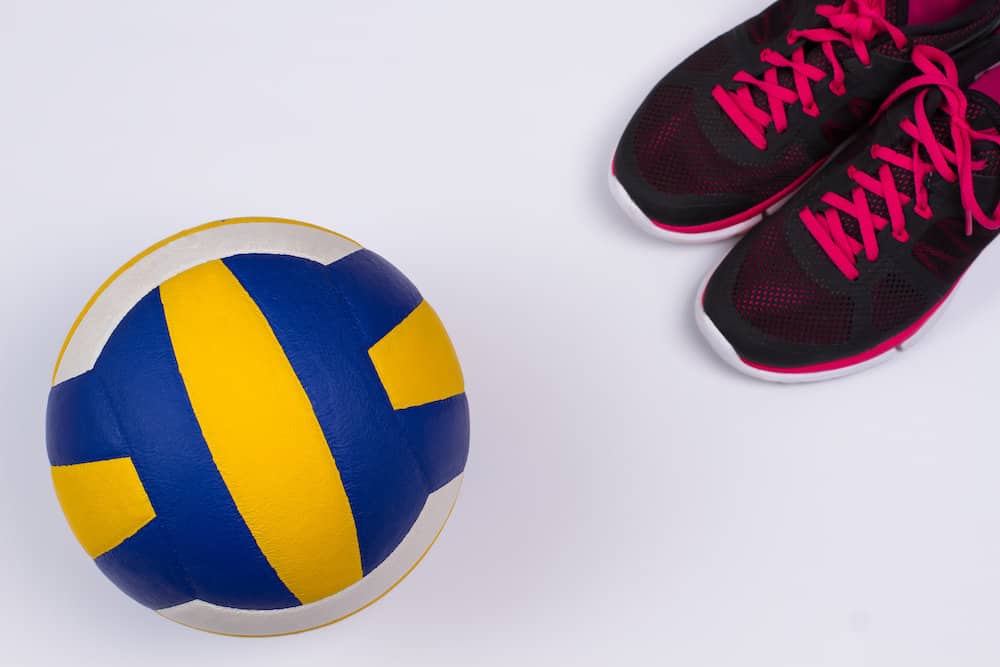
Key Differences Between Running and Volleyball Shoes
While running and volleyball shoes are designed to be lightweight and breathable, they have some differences that cater to the demands of their sport. Here’s a quick comparison of some of the most important features of footwear:
Sole Grip and Traction
When playing volleyball, sole grip and traction are crucial elements to consider in your choice of footwear.
Volleyball requires quick and agile movements, sudden stops, and rapid changes in direction. All of which calls for excellent traction on the court. Volleyball shoes typically feature a gum rubber sole that provides a strong grip on indoor court surfaces.
On the other hand, running shoes are designed for a forward motion and may lack the necessary grip and traction for volleyball-specific movements. This lack of proper traction can increase the risk of slipping or losing balance, ultimately affecting your performance on the court.
Cushioning and Shock Absorption
Another crucial aspect to contemplate is cushioning and shock absorption.
In volleyball, players experience abrupt movements, high jumps, and quick stops. Proper cushioning offered by specially designed volleyball shoes helps to absorb the stress on knees, joints, and back while running shoes may not provide sufficient absorption.
Volleyball shoes often include gel or air cushioning designed for these courts, whereas running shoes focus more on forwarding motion and not the quick jumps or lateral movements needed in volleyball.
Consequently, wearing running shoes for volleyball may increase the risk of injuries and discomfort during the game.
Lateral Support and Stability
Lateral support and stability are crucial in volleyball, as the sport requires frequent lateral movements and quick direction changes. Volleyball shoes are designed to provide excellent lateral support, with a higher collar and stiffer materials to secure the foot during these fast movements.
On the other hand, running shoes focus on forward motion and may lack the necessary support for lateral movements. This lack of support can lead to ankle injuries or hinder your performance on the court.
In conclusion, while running shoes might be suitable for casual play, those looking to enhance their volleyball performance should consider investing in proper volleyball shoes for optimal support and stability.
Flexibility and Responsiveness
Another important aspect to consider when asking, “Are running shoes good for volleyball?” or choosing the right shoes for volleyball is flexibility and responsiveness.
Volleyball requires players to have quick reactions and make sudden movements on the court. Volleyball shoes are designed to be more flexible, allowing for better agility and quick directional changes.
Running shoes, on the other hand, are focused on providing support and stability for forward motion only. So, while running shoes may be more comfortable for long-term wear, they may not necessarily provide the required flexibility for volleyball gameplay.
Potential Disadvantages of Using Running Shoes for Volleyball
After comparing the two shoes, we found that while running shoes may seem like a convenient option for volleyball, there are several potential disadvantages to using them for this specific sport.
These include the lack of adequate lateral support, which increases the risk of ankle injuries, and lower levels of overall stability. Inferior grip and traction may also lead to slips on the court.
Furthermore, running shoes are neither designed to provide the level of cushioning needed for frequent jumps nor are they as responsive as volleyball shoes.
Are Running Shoes Good for Volleyball?
While running shoes may provide some level of comfort and cushioning, they are not specifically designed for the demands of volleyball. Investing in proper volleyball shoes can make a significant difference in your performance, safety, and enjoyment of the sport.
Ultimately, it’s essential to make an informed decision about your footwear, considering factors like grip, lateral support, flexibility, and responsiveness to ensure you make the best choice for your needs.

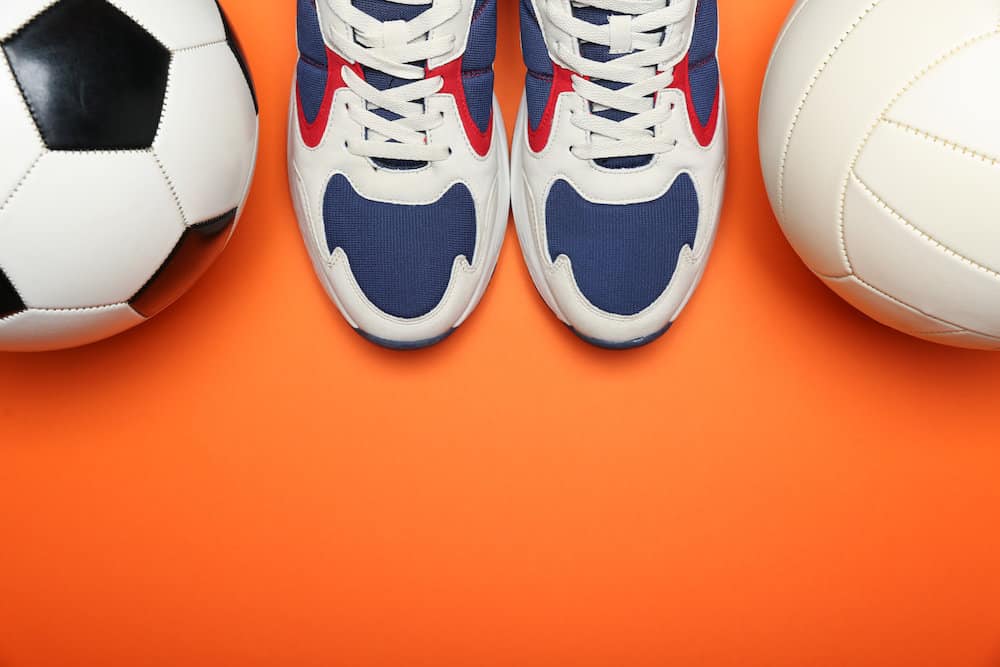

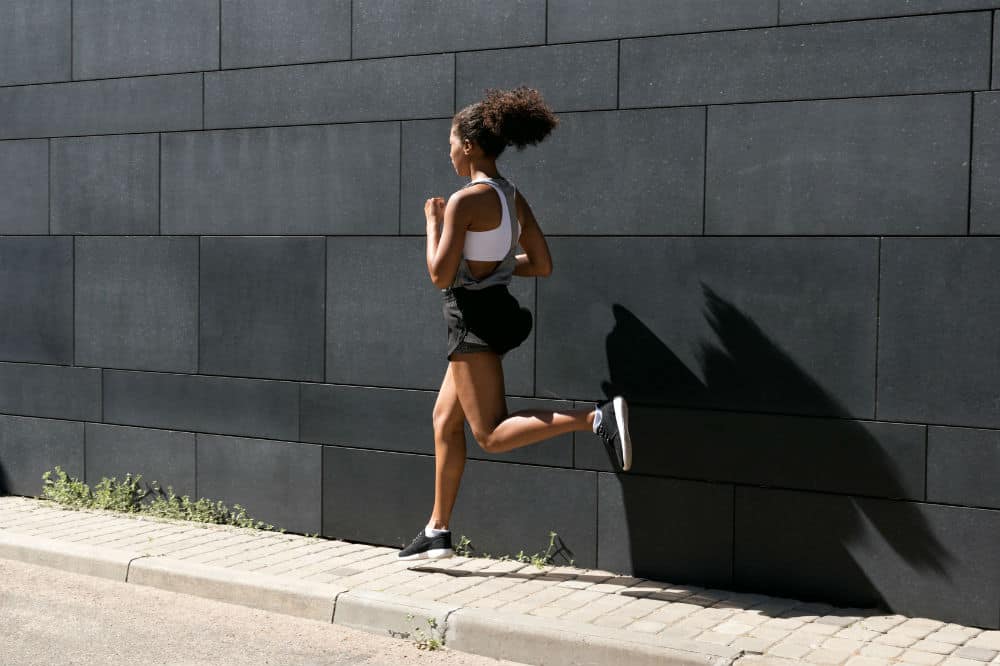
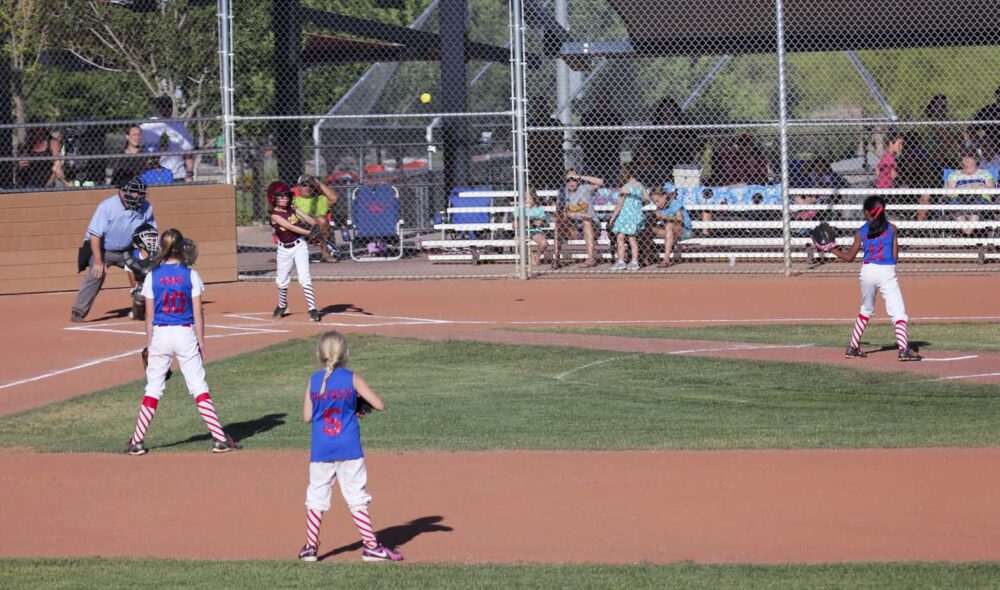
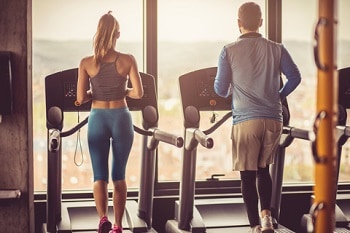








This was a very informative article. I was a runner for 7 years and never thought of the actual design of the shoe. I would just walk into a store and pick out what shoe looked the best. I didn’t know there was volleyball shoes in general. What brand of volleyball shoes would you recommend? I’m sure all the major brands have them. I always stuck with Nike shoes. Would you also be able to describe what the herringbone pattern looks like?
Hi, Amanda, and thank you.
Thank you for your kind words.
The design of the shoes is so important because the vital thing when you buy shoes is what you have in mind about them. How are you going to use it?
It has been so much sound development in the shoes. But at the same time, they are focused on helping in more narrow circumstances. Don´t get me wrong; you can use them in many ways, even though they are developed for special things like trail or road running.
But it is a purpose that they are designed in this or that way! For example, Volley shoes are focused on all the jumps in the sport, so they are more similar to basketball even though it is not the same design. At the same time, road running shoes are focused on only a few jumps.
For the same reason, it is a little bit difficult to recommend good
volleyball shoes when you don´t know about the person. But even so I can easily
recommend shoes like Adidas Women’s Crazyflight Mid Volleyball Shoes, which are really examples of good volleyball shoes.
Here is a fine example of the herringbone pattern on the sole.
Great to hear about the benefit of the article too.
Don’t hesitate to contact me to help you with anything else or if you have any questions.